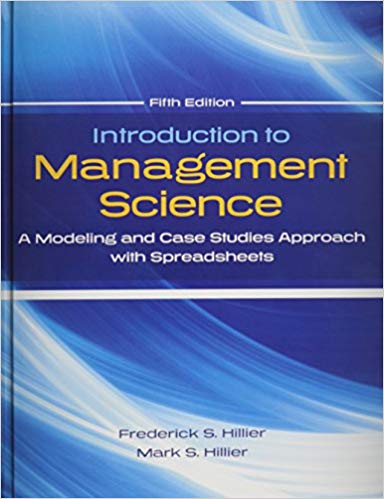Question
An oil producer has just discovered a new oilfield. In one year's time, att= 1, they need to decide whether or not to drill oil
An oil producer has just discovered a new oilfield. In one year's time, at t = 1, they need to decide whether or not to drill oil in this new field. The producer estimates it will cost $50 per barrel to drill from the new field. The field contains one million barrels of oil.
Today, at t = 0, the price of one barrel of oil is $50. In one year's time, at t = 1, analysts believe the market price of oil will be S1,u = $85 with 80% probability, and S1,d = $35 with 20% probability. The annualized continuously compounded risk free rate is r = 1.00%.
(a) Please draw a binomial tree that shows the payoffs from this investment opportunity as a function of oil price. Remember, the decision whether or not to drill is made at t = 1. You can report the value per barrel of oil.
(b) What is the value of this investment opportunity today at t = 0? You can report the value per barrel of oil.
(c) Suppose the oil producer wants to hedge their exposure to oil prices stemming from this new discovery using oil futures contracts. What position—short or long—in oil futures must they take to hedge their exposure?
Step by Step Solution
There are 3 Steps involved in it
Step: 1

Get Instant Access to Expert-Tailored Solutions
See step-by-step solutions with expert insights and AI powered tools for academic success
Step: 2

Step: 3

Ace Your Homework with AI
Get the answers you need in no time with our AI-driven, step-by-step assistance
Get Started


